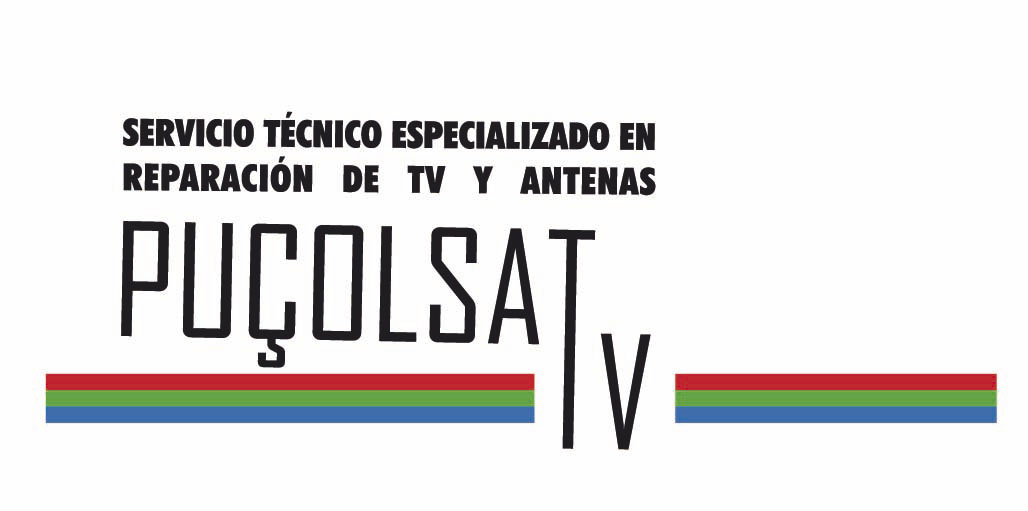Standard functions
7 12 13 14 15 16 17 18 19 20 21 22 23 24 25 26 27 28 29 30 31 32 33 34 35 36 37 38 39 40 41 42 43 44 45 46 47 48 49 50 51 52 53 54 55 56 57 58 59 60 61 62 63 64 65 66 67 68 69 70 Fifteen studied dietary sources of calcium (n=810 calcium, n=723 controls),16 17 18 19 20 21 22 23 24 25 26 27 28 29 30 and 51 studied calcium supplements (n=6547 calcium, n=5710 controls).7 12 13 14 15 17 19 20 21 22 26 28 31 32 33 34 35 36 37 38 39 40 41 42 43 44 45 46 47 48 49 50 51 52 53 54 55 56 57 58 59 60 61 62 63 64 65 66 67 68 69 70 Table 1 ? shows study design and selected baseline characteristics for included studies of dietary calcium. Tables 2 and 3 show the study design and selected baseline characteristics for trials of calcium supplements, without and with additional vitamin D, respectively. ? ? Further details are in tables A-C in appendix 2. Of the 15 randomised controlled trials of dietary sources of calcium, 10 used milk or milk powder, two used dairy products, and three used hydroxyapatite preparations. Of the 51 trials of calcium supplements, 36 studied calcium monotherapy, 13 co-administered CaD, and two were multi-arm studies of both. Table 4 summarises other features of the trials ? . Most of them studied calcium without vitamin D in women aged <70 living in the community; the mean baseline dietary calcium intake was <800 mg/day; and most trials lasted ?2 years. A calcium dose of >500 mg/day was used in most trials, but a higher proportion of trials of calcium supplements used a dose of ?1000 mg/day. Table C in appendix 2 shows our assessment of risk of bias. Of the 15 trials of dietary sources of calcium, we assessed two as low risk of bias, six as moderate risk, and seven as high risk. Of the 51 trials of calcium supplements, we assessed 19 as low risk of bias, 12 as moderate risk, and 20 as high risk.
Design of randomised regulated samples and you may chosen standard properties regarding qualified examples off calcium that also made use of vitamin D supplements
Number one analyses
Dining table 5 ? summarises the outcomes of your meta-analyses. Broadening calcium intake from diet source improved BMD because of the 0.6-1.0% from the total hip and complete human body in the 12 months and because of the 0.7-step one.8% during the the web sites and the lumbar back and femoral neck within 2 yrs (figs step one and you may 2 ? ? . incontri d’elite There was no influence on BMD during the forearm.
Fig step 1 Random outcomes meta-studies away from aftereffect of fat reduction resources of calcium supplements on the percentage alter inside bones mineral thickness (BMD) from baseline at the 12 months
Fig dos Random effects meta-investigation from aftereffect of dietary resources of calcium on commission changes inside bone mineral density (BMD) off baseline at the two years
As soon as we minimal the latest analyses to your 12 randomised controlled examples from dairy or milk products, because of the excluding about three examples out-of hydroxyapatite, you will find absolutely nothing improvement in the outcome. Calcium enhanced BMD anyway four skeletal sites of the 0.7-1.4% on one year (figs step 3 and you can cuatro ? ? ), from the 0.8-step 1.5% at 2 yrs (figs 5 and you may 6 ? ? ), and by 0.8-1.8% in the more two and a half years (fig 7 ? ) (selection of time of examples is three to five decades).

